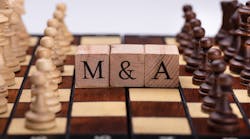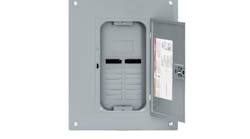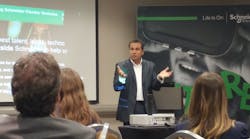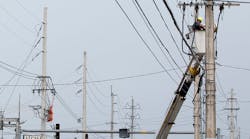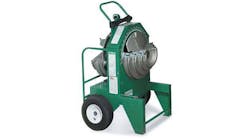Amid all the wrangling over the nation's debt ceiling, the U.S. House of Representatives last month had lighting on its mind. In late July, the House considered but failed to pass a bill that would have repealed the energy-efficiency standards for lighting that are part of the Energy Independence and Security Act of 2007 (EISA). Not content to consider the matter settled, the House then passed an amendment to an energy and water appropriations bill that would deny the Department of Energy the funding to enforce the EISA light bulb efficiency regulations.
The EISA efficiency requirements have become a rallying point for conservative legislators and the Tea Party regarding what they consider government overreach into the personal choices of American citizens. EISA passed in 2007 with significant bipartisan support and was signed into law by President George W. Bush.
The EISA standards require reductions of at least 28 percent in the energy consumption of incandescent lamps, beginning with 100W lamps on Jan. 1, 2012, and expanding to include 60W bulbs in 2014. The repeal bill, titled the Better Use of Light Bulbs (BULB) Act, was sponsored by Rep. Joe Barton (R-Texas).
It won a majority of votes, 233-193, but failed to attract the two-thirds majority required for passage. The amendment to H.R. 2354, the 2012 Energy and Water Appropriations Act, was introduced by Rep. Michael Burgess (R-Texas) and approved on a voice vote. It would deny funding for the DOE's enforcement of the lighting efficiency regulations until Sept. 30, 2012. The energy and water bill was passed by the House on a vote of 219-196 and referred to the Senate Committee on Appropriations. The language defunding lighting efficiency enforcement is expected to face greater opposition in the Democrat-controlled Senate. Several Republicans joined Democrats to reject a proposal to gut funding from energy efficiency research at the Department of Energy.
The National Electrical Manufacturers Association (NEMA) mounted a campaign to educate Congressional staffers about the impact of the EISA lighting efficiency requirements in anticipation of the vote. Kyle Pitsor, NEMA's V.P. of government relations, said the repeal efforts were based on a widespread misunderstanding.
Opponents of the standards frequently describe it as a ban on incandescent bulbs, but incandescent lamps will continue to be sold. They'll just have to be more efficient. Lighting manufacturers including the big three — GE, Philips and Osram Sylvania — have new incandescent lamps on the market that meet the EISA efficiency requirements, though they do come at a higher price point.
